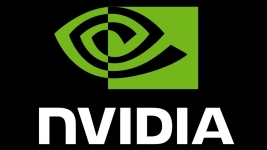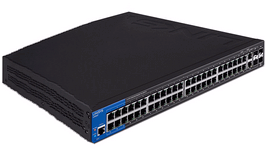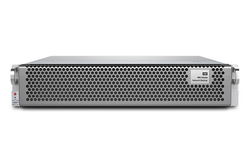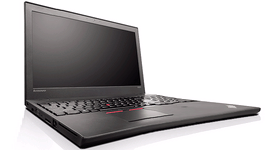A milestone. Or not.
First card to use the Maxwell architecture dedicated to visualization, NVIDIA’s Quadro M6000 shines in application environments optimized for NVIDIA technologies. The speedup / price ratios is more questionable…
As promised at the GTC 2015 here is the Quadro M6000, flagship of NVIDIA in advanced visualization. It was about time some would say, given the recent AMD’s advances in this area, with cards such as FirePro W91xx with a very interesting cost / performance ratio . This small delay on the competition is mainly due the fact that the M6000 is designed, as its name suggests, around the brand new Maxwell architecture. So much for the Kepler architecture, which found its culmination on workstation cards with the K6000.
Developed primarily for HPC in mind, Maxwell brings to the M6000 a real added value in terms of acceleration of rendering and encoding tasks. As all our test reports show, will be discussed in more detail below, using an M6000 is like having a double Titan X. But first let’s review the technical details of this first visualization oriented implementation.
Powered by a GM200 GPU, the Quadro M6000 embeds 3,072 CUDA cores and 12 GB of RAM Graphics to 317 GB / s of bandwidth (2 800/288 on the K6000), with a theoretical capacity of 7 TFLOPS in single accuracy (5.2 with K6000). For comparison, the FirePro W9100 is located roughly in the same zone, with 2816 cores to 5.24 TFLOPS SP, but with 16 GB of memory and 320 GB / s, with 20% more of textures capacity treatment or 4K video streams. More importantly, with a proprerly sized power supply in the host workstation, the M6000 does not require anything special to operate: with a TDP of 250 W (225 W for the K6000), it can directly replace an older generation professional card.
On the interface side, in addition to a DVI port,the Quadro M6000 features four DisplayPort outputs, which can drive four 4K monitors or two 5K monitors. The Scalable Visual Solutions (SVS) function also allows it to control video walls or multi-node visualization clusters. Additionally, the Quadro Link function allows to chain four cards (Quadro only, no GeForce), which can manage up to 16 devices on a single display logic.
In our benchmarks, the Quadro M6000 does not disappoint. On basic tests like Cinebench, this cad reached the highest framerate (110.7 fps) we have recorded so far on an NVIDIA card. It is also not far from the absolute record held by the AMD FirePro W9100 (113.8 fps).
Our further testings, whether using Maya, SolidWorks or SPECviewperf (see a complete list of benches below) show however strong speedups on applications able to use the onboard power when optimized for NVIDIA drivers. This is particularly noticeable in environments such as Catia, where the M6000 shows up to 15% more efficiency than any other card. If the intended use is mainly based on applications developed on CUDA, you can even expect performance boosts in the range of 30-40% compared to a K6000 (figures recorded via FluidMark and ratGPU, which are due to both the new silicon present on the board, and by optimizing the wired logic in the controllers and Drivers), which may be enough to justify the return on such an investment. However, in configurations where the application does not scale enough to fully use all the available horsepower, the usage profits plead for the “non-action” as the ninjas say. Card types like Quadro K4x or FirePro W7x / 8x show a more attractive price / performance ratio.
The reason of our conclusion above is that the power of the M6000 is hampered by its retail price. It certainly, is powerful enough to handle both rendering calculations and rendering itself, which ultimately means saving on an additional HPC accelerator, but with a price tag of more than € 4,500 (public prices do not yet been defined at the time of writing), the investment is only justified by a real application need. That is to say, by a software environment optimized for NVIDIA technologies. Because the AMD FirePro W9100 competitor remains positioned well below € 4,000 …
More around this topic...
In the same section
© HPC Today 2024 - All rights reserved.
Thank you for reading HPC Today.































